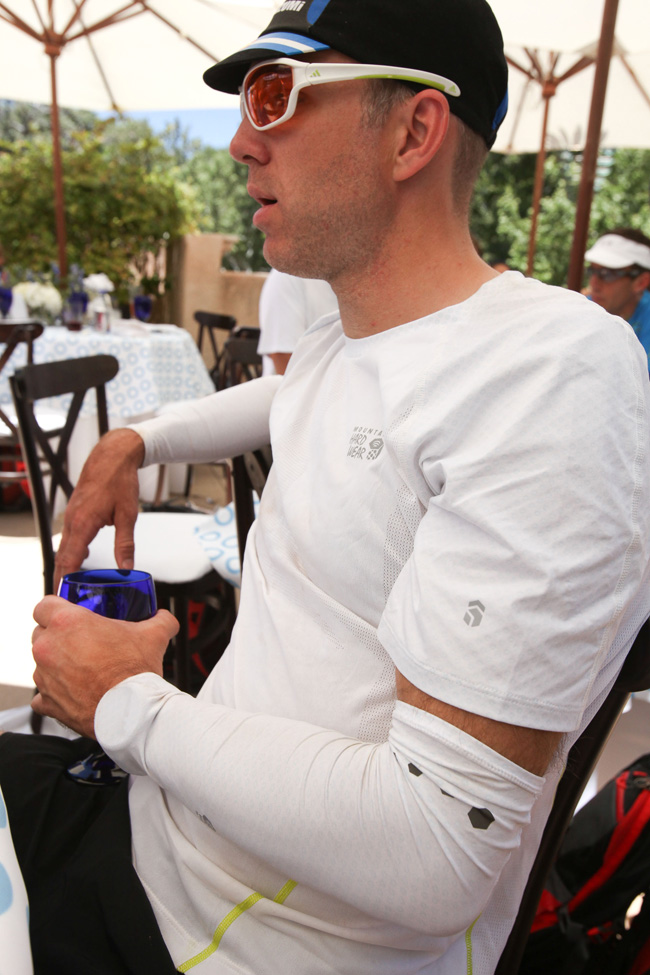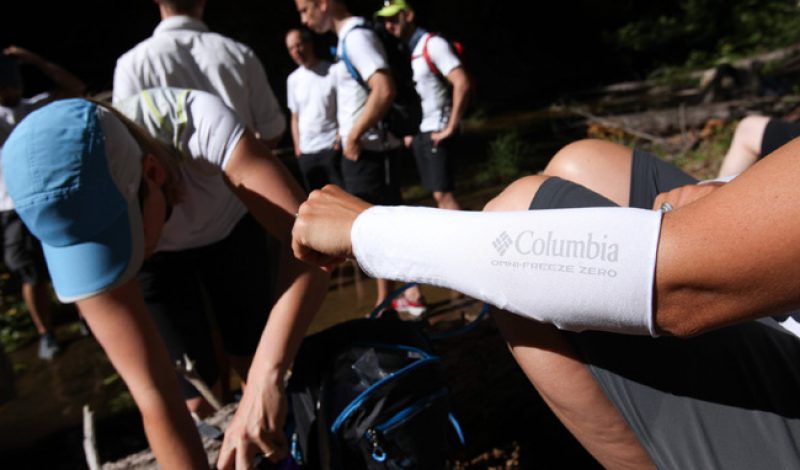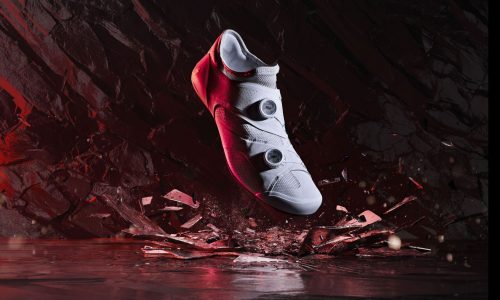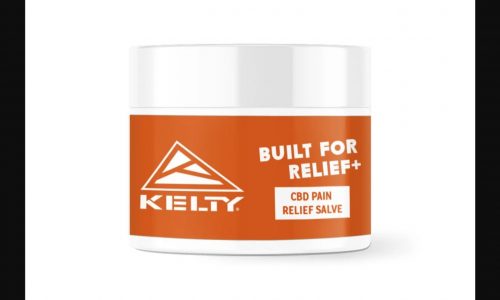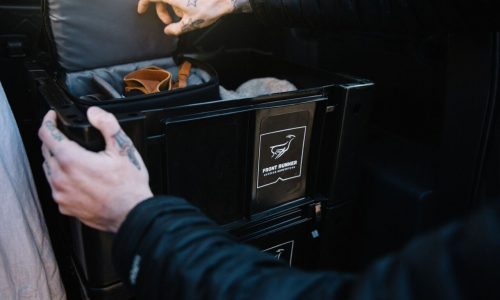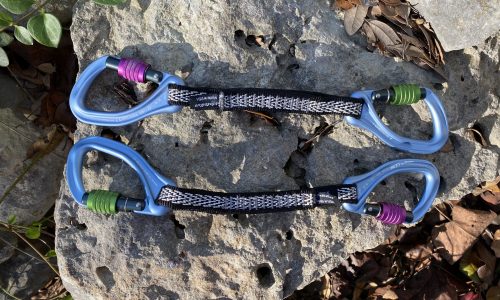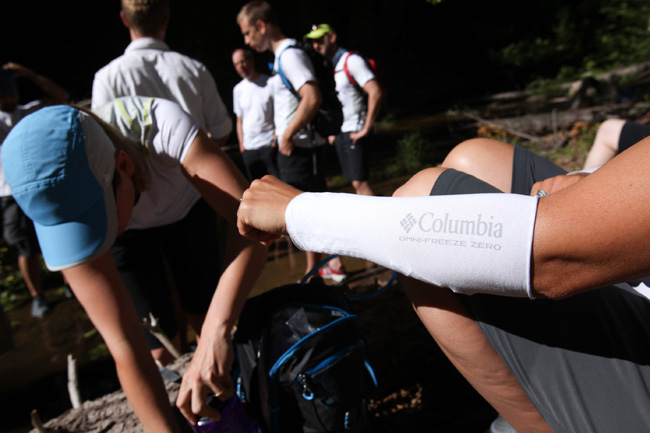
Putting Omni-Freeze to the test in 90-degree Sedona, Arizona
Every year, outdoor companies grapple for a new story to tell consumers about their gear. It’s hard to continually come up with a new material or design that will keep outdoor consumers ravenous for the “Big New Thing,” while also giving retailers a game improvement story to sell.
Columbia has done a better job than most at pushing new technologies into the market—marketing one big new innovation just about every year. Last year it was Omni-Heat, a matrix of silver dots on the inside of cold-weather gear that reflect infrared heat back at your body, giving your insulation a bit of a boost.
This year, the company is switching the climate control. At a big press event in Sedona, Arizona, over the weekend, Columbia and its sister brand Mountain Hardwear unveiled a fabric treatment that is designed to keep you cool.
It’s called Omni-Freeze Zero (for Columbia) and Cool.Q Zero (for Mountain Hardwear). The fabric basically cools your sweat down before it evaporates—giving you a double dose of cold.
Essentially it works like this: The inside of, say, one of their new polyester shirt comes lined with hundreds of these little blue donut-shaped dots. The blue dots are a polymer that acts a bit like an accordion. When it gets wet, the material expands quickly. When things expand, they get cold—think about how frosty that CO2 cartridge gets when you fix a mountain bike flat. The theory is that all these dots expanding in unison when they get wet, it will suck heat out of your sweat before the sweat evaporates. According to Columbia’s main lab guy, Woody Blackford, the blue dots (when wet) are between 1-degree and 10-degrees Fahrenheit cooler than the surrounding material, depending on the conditions. (In the thermal image to the right, the light blue area is the base fabric, and the dots are visible as slightly colder, dark blue circles.)
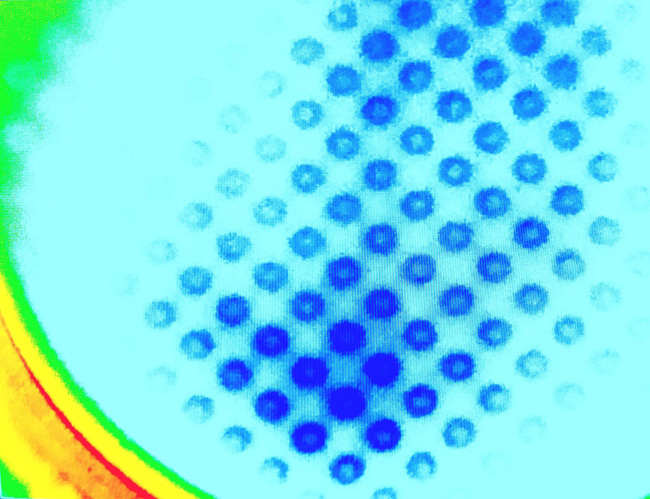

It’s a bit wonky, but it’s a brilliant marketing move for a company trying to break into the crowded field of summer activewear. The dots inside the clothing are visible to gear buyers and the story is easy to tell. Expect to be hearing a lot about these little blue dots in the near future.
So does it work? Yes, though the effect is subtle. After the ride, I did notice a slightly cooler feeling than I expected while leaning with a wet back against a bench. It seems like the closer the dots are to your skin, and the wetter the fabric, the better chance you’ll feel any enhanced sense of cold. Generally, though, it’s not like dumping a cooler of ice water on your back. It’s not easy to distinguish between the cooling effect of your sweat evaporating and the mechanical cooling effect of the magic little dots. (That’s partly due to how we tested it—the dots have to get wet to work, and even though we did a 4-hour ride and 1 hour run in 90-degree heat, it was hard to keep the fabric sweaty, since the humidity was a shrivelly 8-percent.)

 <
<
It’s going to take some more time with this material to tell whether these wonder dots can make you feel perceptibly cooler on sweaty days on the trail. The effect may be more pronounced in humid or windless areas. (If anyone wants to test this shirt in, say, Washington D.C. in August, just holler.)
Expect to see Cool. Q Zero and Omni-Freeze Zero on shelves starting in summer 2013. In the meantime, you’ll just have to keep stuffing ice cubes under your hat.
